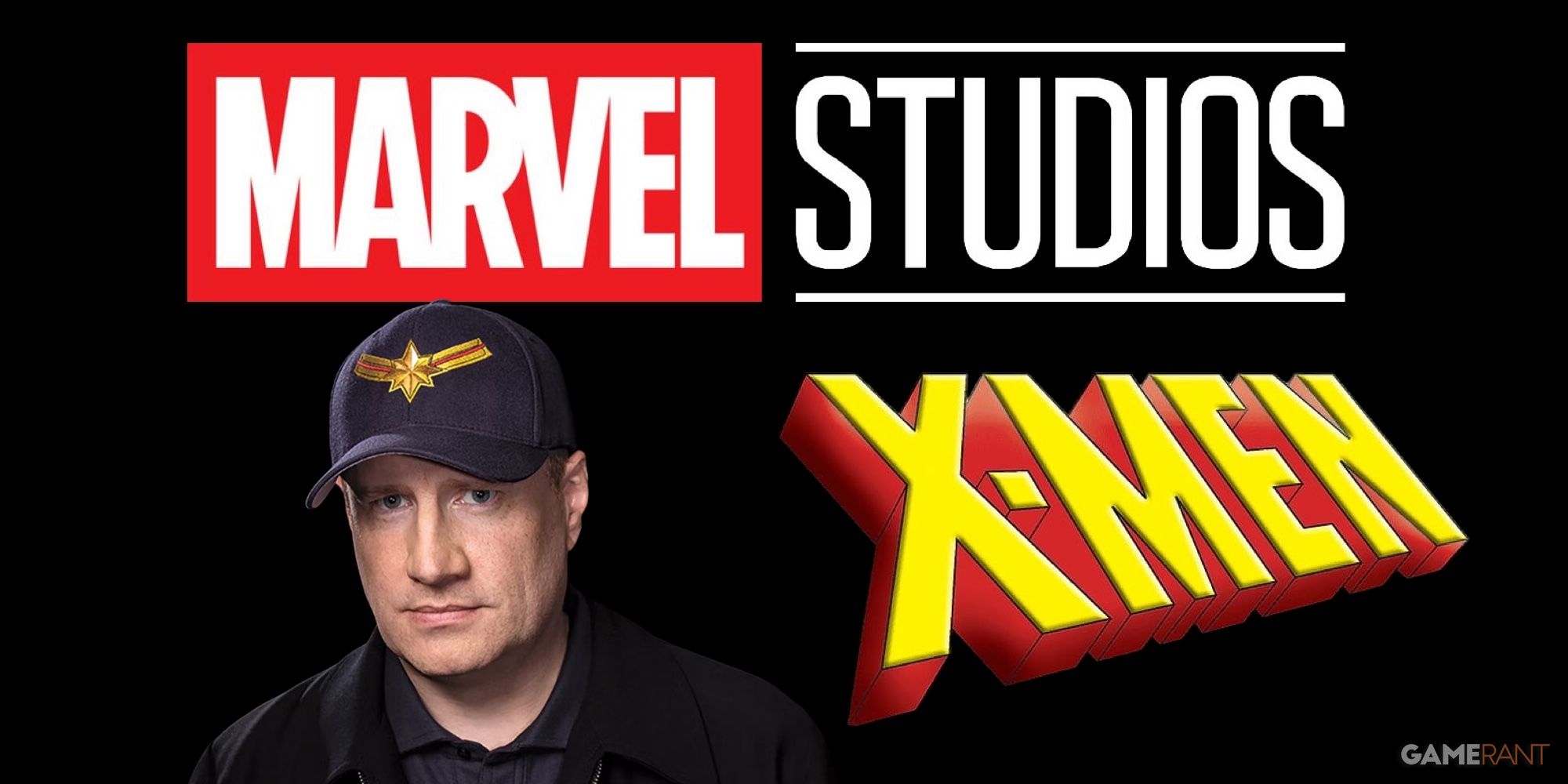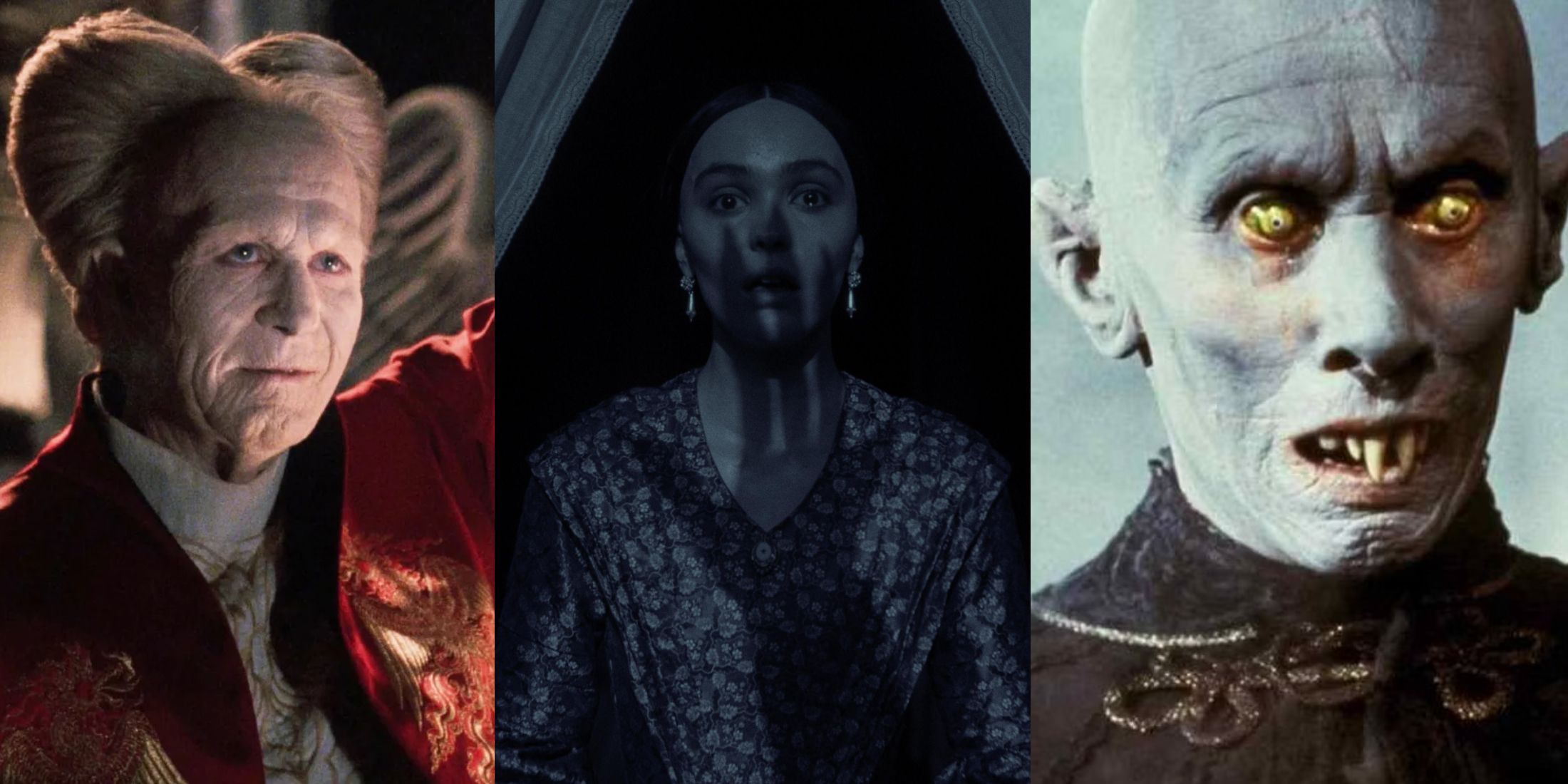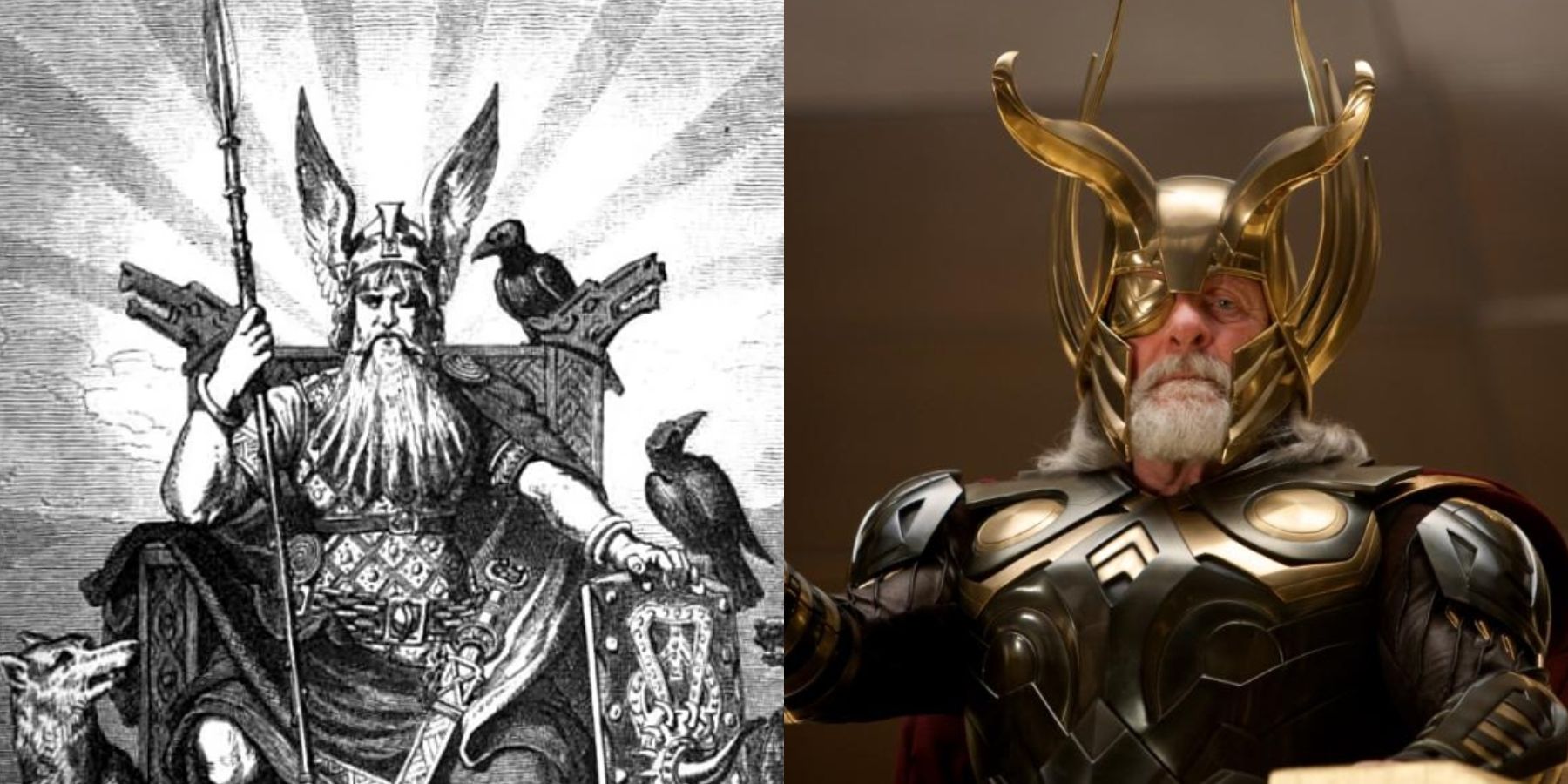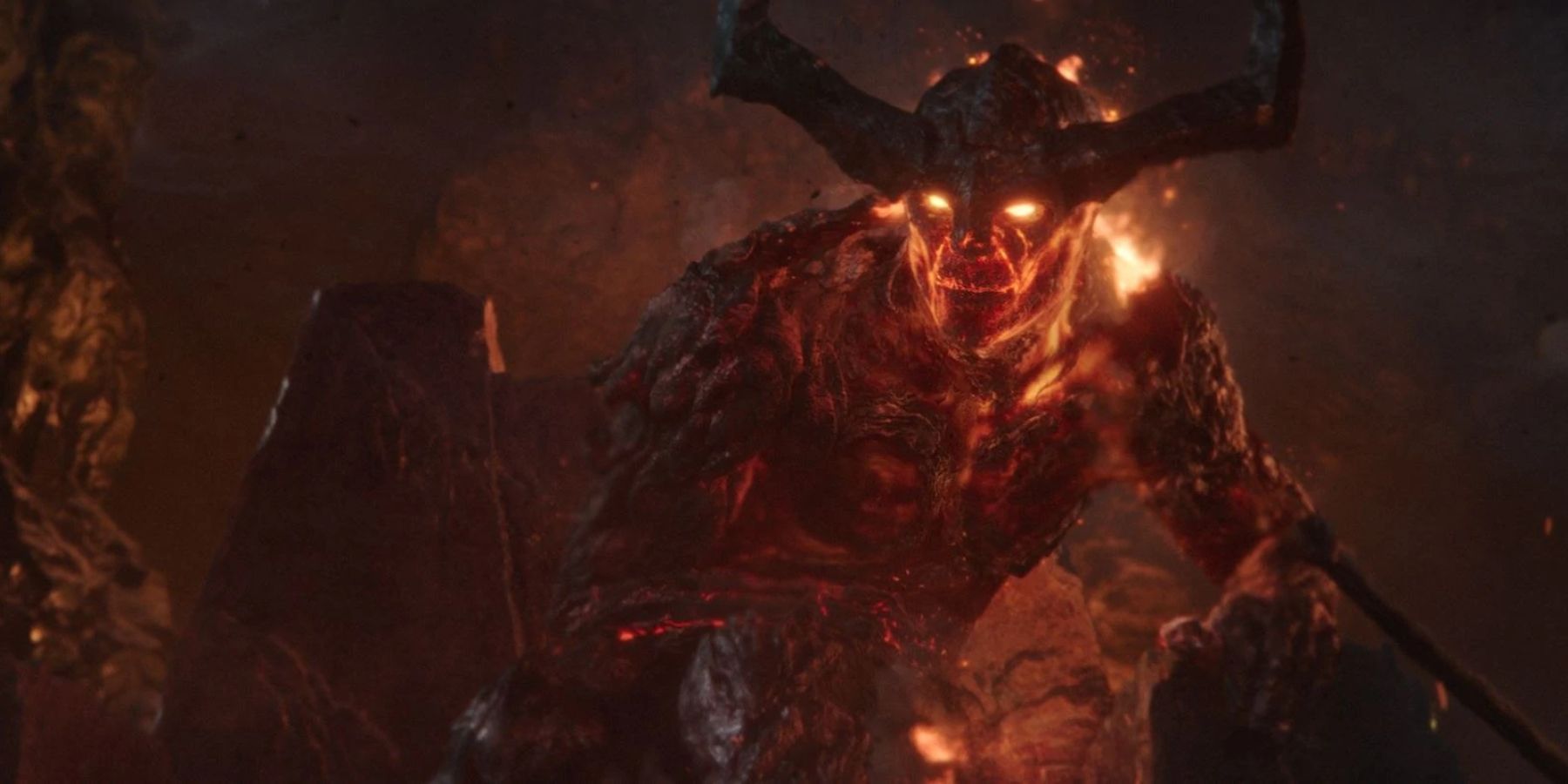It's no secret that Marvel takes a lot of inspiration from various mythologies. The recent Disney Plus show Moon Knight is a great example of this, where the Egyptian gods and Egyptian mythology feature heavily in the story. One of the biggest mythological inspirations in the MCU, however, is the Thor storyline and its featuring of various figures and legends from Norse mythology. A lot of the characters and places that feature in Thor's movies and comics are pulled from actual Norse myths, and they clearly take inspiration from the culture in various aspects.
Of course, the Thor movies are just loosely based on this mythology, just like the comics, add a lot of their own fantastical elements to make everything fit better within the Marvel universe. They might use the names and general powers of many of the god characters, but their mythological counterparts are very different from their portrayal in the MCU. Obviously, one of the most basic changes is that the MCU versions of these characters are not in fact deities, but were rather aliens from another part of the universe that were interpreted as gods by the residents of Midgard (Earth). Which parts of Norse mythology did Marvel keep in their story, and which parts did they simply fabricate or change up?
Thor
How does the God of Thunder himself compare to his mythological counterpart? On a purely aesthetic level, Thor is typically depicted as a middle-aged redhead in Norse mythology, as opposed to the MCU's younger, blonder version of the character. Classic depictions of Thor more closely resemble MCU Thor's look in Avengers: Endgame, rather than Chris Hemsworth's signature muscular physique. While Odin was still the head of the gods of Norse mythology, Thor was typically regarded as the second most powerful deity. He was the god of thunder, the sky, and agriculture, and he seems to be the one who was worshipped the most. Thor's main nemesis was Jörmungand, the serpent who is the embodiment of evil, and the two were destined to kill each other during Ragnarök (the end of the world).
Jörmungand has yet to make an appearance in the MCU, unfortunately, though it would be great to see Thor fighting a giant snake in the future. MCU Thor has also had his powers nerfed in comparison to his mythological counterpart in order to create some tension and stakes in his movies, though he seems to be slowly regaining them in recent entries. The one thing Mythology Thor and MCU Thor have in common is Mjolnir, the famous weapon through which he can summon lightning. In both the MCU and classic mythology, this famous hammer has the properties of a boomerang, where it returns to Thor's hand after being thrown.
Sif
While the MCU's version of Sif is revered as a warrior, her classical depiction is a little different. In mythology, Sif is a fertility goddess and is married to Thor. Together they have two children, Thrud and Modi.
In Norse myth, Sif is mainly known for one specific story involving Loki. In this tale, Loki thinks it would be a fun prank to cut Sif's hair while she's sleeping, because it was her defining characteristic and it would make Thor angry, which Loki enjoys very much. When Thor wakes up and sees what Loki has done, he flies into a rage and threatens Loki, who agrees to go to the realm of the dwarves and have a new headpiece of gold forged for Sif to replace the missing hair. This is also when Mjolnir, along with a few other various magical items, are created.
Loki
Loki is one of the main sources of conflict in MCU Thor's journey, until later in the series when they learn to trust each other more. Loki's role in Norse mythology takes a similar vein. He's still a trickster god in the classical version of events, and is known for his love of playing pranks on the other gods. Most importantly, he was not Thor's brother in mythology, but was Odin's instead. He was actually usually responsible for digging the gods out of the holes they'd gotten themselves into.
Additionally, in the mythological version, Loki is a father to the wolf Fenrir, the aforementioned Jörmungand, and Hel, the goddess of death. Yes, that's right, the goddess Hel (reimagined as Hela in Marvel comics and screen adaptations) was Loki's daughter, not his long-lost sister, which would also make her Thor's cousin. It seems that Marvel took the route of trying to simplify the family dynamics as much as they could — though this is fair, as mythological family trees can get ridiculously complicated.
Odin and Frigga
Speaking of family dynamics, what about the other members of Thor's family? In mythology, Odin is still the main deity and the most powerful, as the god who helped to create the world. He has an eye patch in his mythological depiction as well, and is still married to Frigga, though in mythology she is referred to as Frigg and is a fertility goddess. Thor wasn't their only child; in fact, Odin had a multitude of children (though Frigg was not the mother of them all).
One of these children was Heimdall, the keeper of the Bifrost. In the MCU, Heimdall is a protective figure and is close to Thor and his family, but in classical mythology, they were literally brothers. Heimdall's role was essentially the same in mythology as it is in the MCU: to watch over all who enter in and out of Asgard, the realm of the gods, and protect it from danger.
Ragnarok
As one might guess, the way that the event of Ragnarök is depicted in the MCU is not exactly accurate to the original stories. In mythology, when the Nine Realms were created, the gods established order and managed to restrain the forces of chaos. However, those restraints could not last forever, and they were fated to break free during Ragnarök (which translates to "Fate of the Gods"). Giants and demons attacked the gods and many of them were killed. Odin was killed by Fenrir, Thor finally managed to kill Jörmungand but succumbed to the serpent's poison not long after, and Loki and Heimdall ended up killing each other.
This story portrays a much bleaker ending to the world of the gods than what the MCU portrays, but there is one similarity. In Scandinavian mythology, even though many of the gods died during these battles, some still survived and order was maintained. A new world managed to emerge from the destruction of the old one, as the remaining gods returned to where their city once stood and the remaining humans repopulated the Earth. It is seen as a way to represent the cycle of change and how the old must die in order to create new life. The MCU follows this idea in Thor: Ragnarok. The main theme of the film is that Asgard is its people, and they will be able to rebuild from the ashes of their destruction if they stay together as a community.








